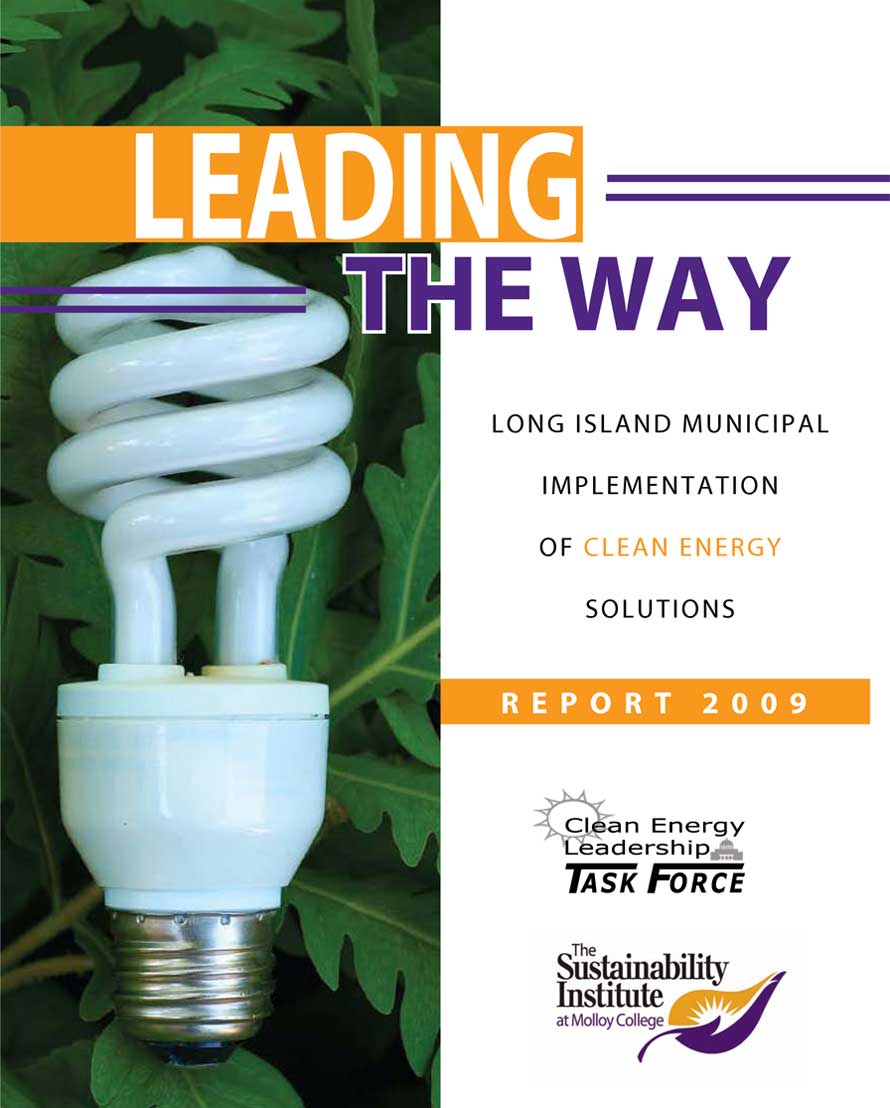
30 Jul United States Supreme Court Upholds Federal Communication Commission’s Declaratory Ruling Defining “Shot Clock” For Siting Applications
Background
The United States Supreme Court recently upheld the Federal Communication Commission’s declaratory ruling creating a “shot clock” requirement for wireless siting applications. City of Arlington, Tex. v. F.C.C., 133 S.Ct. 1863, 11-1545, 2013 WL 2149789 (U.S. May 20, 2013). The Federal Communication Commission (“FCC”) sought to clarify an ambiguity within 47 U.S.C. §332(c)(7)(B)(ii) which requires that state and local governments act within a reasonable time upon receiving wireless siting applications. The FCC determined that 90 days was a reasonable amount of time in which a collocation application must be processed. The FCC also stated that for all other applications 150 days would be a reasonable time. The FCC’s “shot clock” time limit is only presumptively reasonable and, therefore, can be rebutted by the state or local government once brought under judicial review. The cities of Arlington and San Antonio, Texas (the “plaintiffs”) brought a petition for review against the FCC’s “shot clock” ruling. The plaintiffs claimed that the FCC did not have the statutory authority to issue a “shot clock” time limit on wireless siting applications.
Holding
City of Arlington, Tex. v. F.C.C. was brought before the United States Court of Appeals for the Fifth Circuit. The Fifth Circuit held that the FCC had acted within its authority when it issued the declaratory ruling. Thereafter, the United States Supreme Court granted certiorari. Justice Scalia delivered the opinion of the court which affirmed the holding of the Fifth Circuit Court of Appeals.
Application
The United States Supreme Court analyzed the claims brought against the FCC based on Chevron, U.S.A., Inc. v. Natural Res. Def. Council, Inc., 467 U.S. 837 (1984). The Supreme Court in Chevron held that the Environmental Protection Agency was acting within its administrative ability when it clarified an ambiguous term within the Clean Air Act Amendments
of 1977. The Chevron court applied a two-step analysis for when a court reviews a governmental agency’s statutory modulation. The first question is whether Congress has already spoken on the issue? If it is found that Congress has, then the analysis ceases because Congress’ statutory interpretation is binding upon government agencies. If the issue has not been addressed by Congress, the courts must determine if the statute is silent, or ambiguous, on the issue, and, if so, the court must determine whether the agency acted within the construction of the statute. 467 U.S. at 843.
The Supreme Court answered the question as to whether a government agency “has stayed within the bounds of its statutory authority.” City of Arlington, Tex. v. F.C.C., 133 S.Ct. 1863, 11-1545, 2013 WL 2149789, at 5 (U.S. May 20, 2013). The court compared the principle case to that of one in which the FCC expanded the meaning of “pole attachments”, as they applied to television cable wires, as well as telecommunications, to include high-speed Internet cables. National Cable & Telecommunications Assn., Inc. v. Gulf Power Co., 534 U.S. 327 (2002). The Supreme Court in National Cable held that Chevron was applicable because the expansion of the statutory definition was within the statutory authority of the FCC. Id. The dissent argued that a governmental agency may not exercise interpretive authority unless it has been expressly granted such authority by Congress. City of Arlington, Tex. v. F.C.C., at 14 (Roberts, C.J., dissenting). The majority held that this does not apply to agencies which have already been granted such authority by Congress. Under Section 201(b) of the Communications Act of 1934, the FCC was granted the authority to “prescribe such rules and regulations as may be necessary in the public interest to carry out [its] provisions.” Ch. 296, 52 Stat. 588, codified at 47 U.S.C. §201(b). This section of the Communications Act grants the FCC the ability to interpret rules and regulations, such as §332(c)(7)(B)(ii).
A wireless provider’s remedy when a municipality violates the “shot clock” limit is to seek injunctive relief by which a court judgment would grant the application. The FCC also allows for a state or local agency to rebut the presumptive 90 day “shot clock” requirement by introducing extrinsic evidence to the court. This evidence can include: complicated zoning that requires a lengthier review period; procedural issues; incomplete applications brought by the applicant; and the usual time frame in which the municipality generally handles other kinds of zoning matters.
In re Petition for Declaratory Ruling, 24 FCC Rcd. 13994 (2009). The FCC found that although injunctions granting the application may be appropriate for most cases it is still “important for courts to consider the specific facts of individual applications and adopt remedies based on those facts.” Id.
The power of the “shot clock” is therefore granted to both parties in an effort to expedite the process for wireless applications. Wireless providers are able to bring suit for injunctive relief against a municipality if their application is not granted within the 90 days put forth by the FCC. On the reverse side, the FCC allows the municipalities to defend their delay in a court which will base its finding on the individual aspects of the case.
As such, the Supreme Court held in Arlington, the Federal Communication Commission was within its authority when it defined a reasonable time as 90 days for collocation applications, and 150 days for all other applications. The clarification for a reasonable time for application processing is in the public interest because it puts an end to arbitrary delays to wireless antennas which produce necessary signals for wireless electronic devices. The FCC’s interpretation of a reasonable time produces a more streamlined and efficient process for wireless networks to reach new areas.
The “shot clock” guidelines also add pressure to state and local governments to issue permits, or, on the contrary, deny them, within a reasonable time and, if the time limit is violated, forces the municipality to defend its delay in court. Once the “shot clock” limit is violated the applicant must file suit against the municipality within 30 days from the time of the violation. Once the suit is filed “the court shall hear and decide such action on an expedited basis.” §332(c)(7(B)(v). While the “shot clock” places strict guidelines on local government it does not leave much room for any redress other than filing a claim against the local government in which the application was filed. An attorney, or client, who does not wish to pursue litigation against a municipality within which they regularly do business, or wish to do business with in the future, is thereby put in a position in which they must enter into litigation against them or risk undue delays for their siting application.
If the court finds that a delay was unwarranted, then the municipality will face an injunction granting the application thereby negating the application process as whole. The best means for a practitioner to ensure that the court will rule in their favor is to ensure that all applications for wireless sites are fully completed at the time of submission. An incomplete application is the easiest method in which a municipality can rebut the 90 day “shot clock” requirement. The alternative rebuttals are, at best, up to the court’s interpretation and, at worst, impossible for either party to definitively prove.
This pressure acts as both an incentive and a punishment for local governments which have had a history of unreasonable delays in the applications of wireless providers and the creation, or modernization, of cell towers within the government’s jurisdiction. As new areas receive stronger signal strength, and range of options, the technology associated with these antennas will improve through economic competition and this technological improvement surely falls within the area of public interest which the Communications Act of 1934 intended to apply to.




